Material properties We’ll focus on: — Elasticity

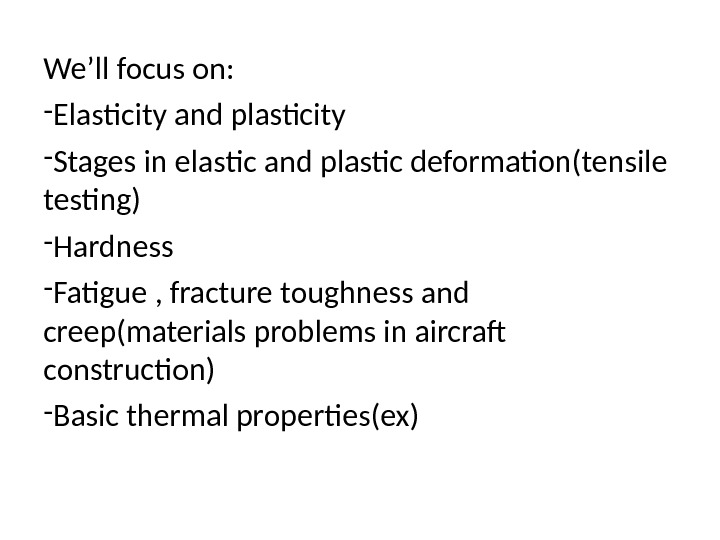
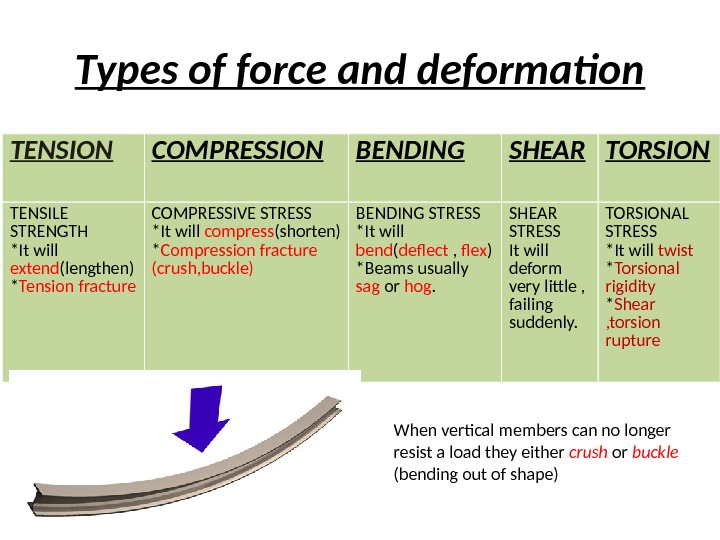
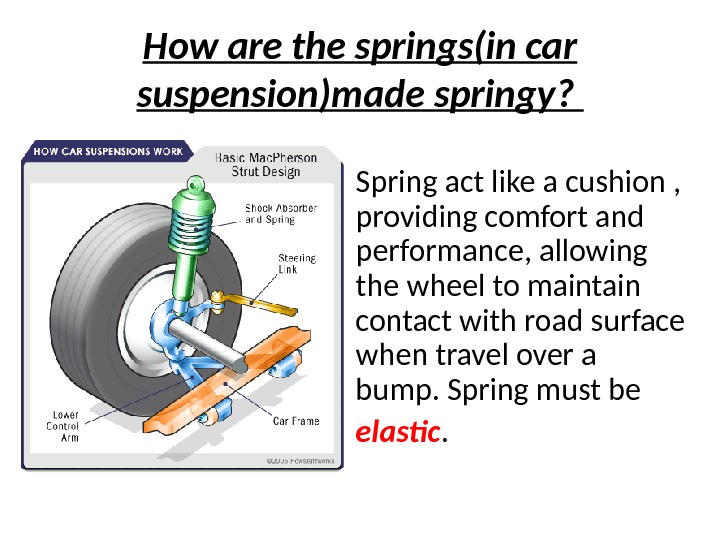
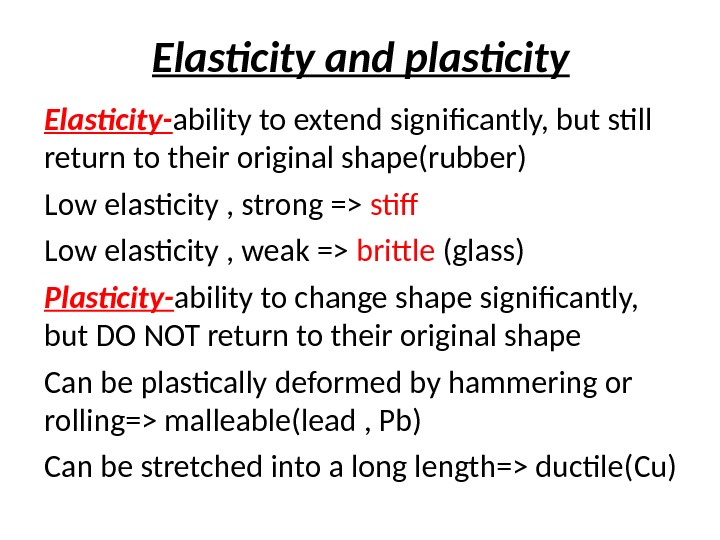
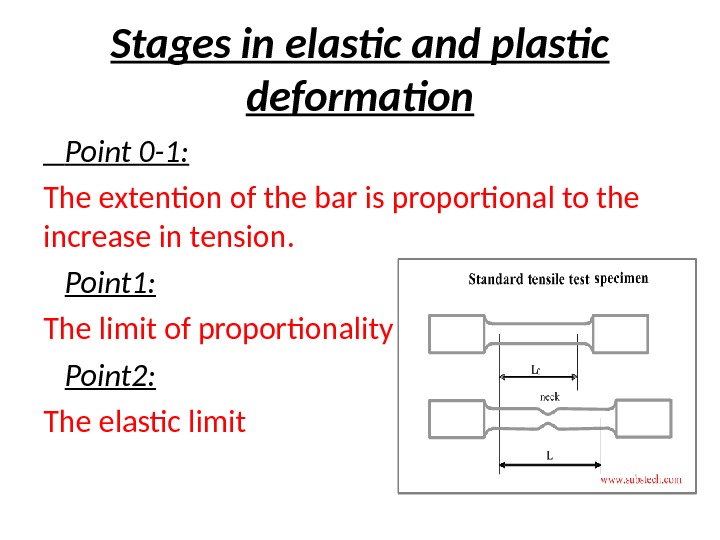
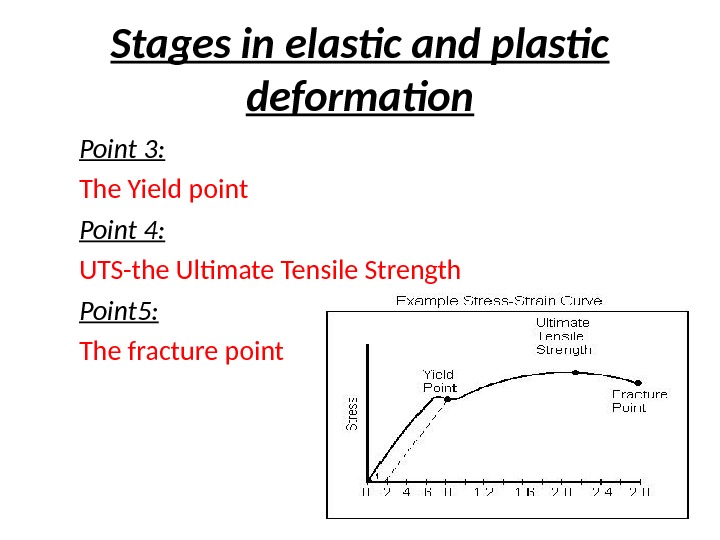
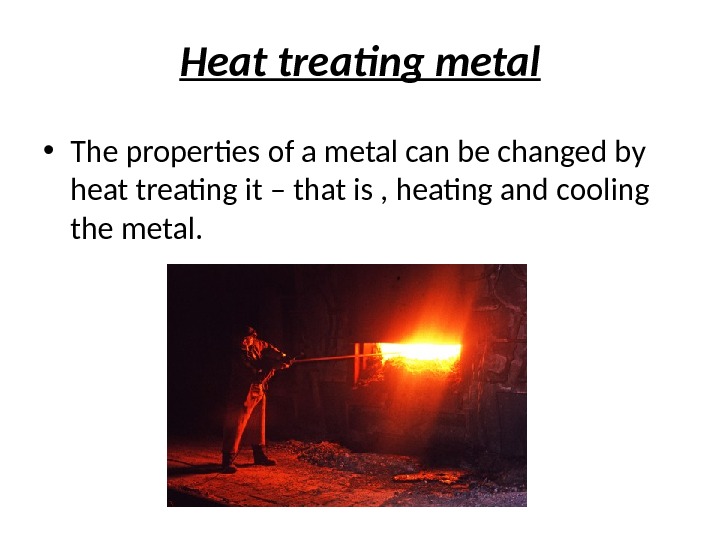
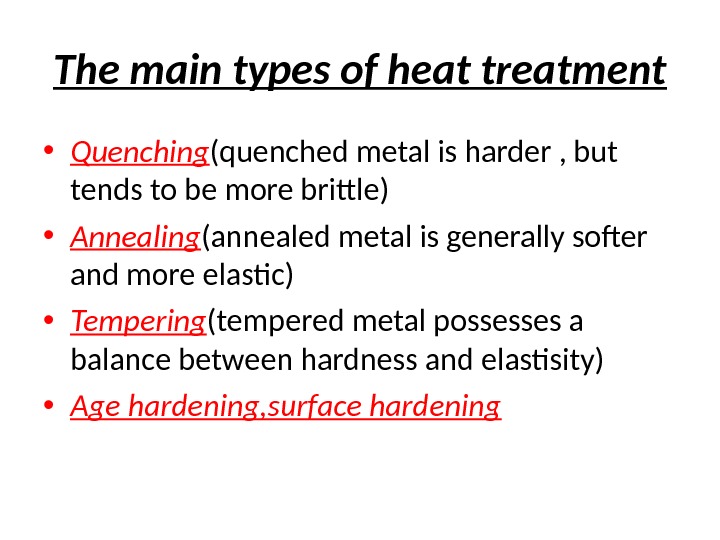
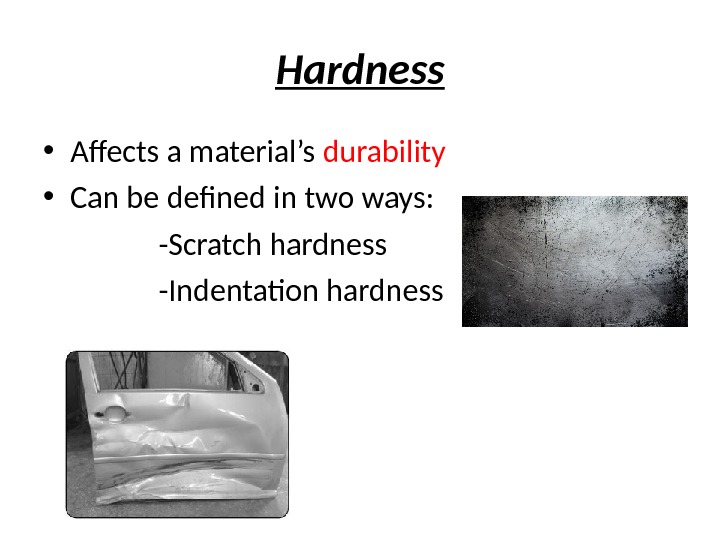
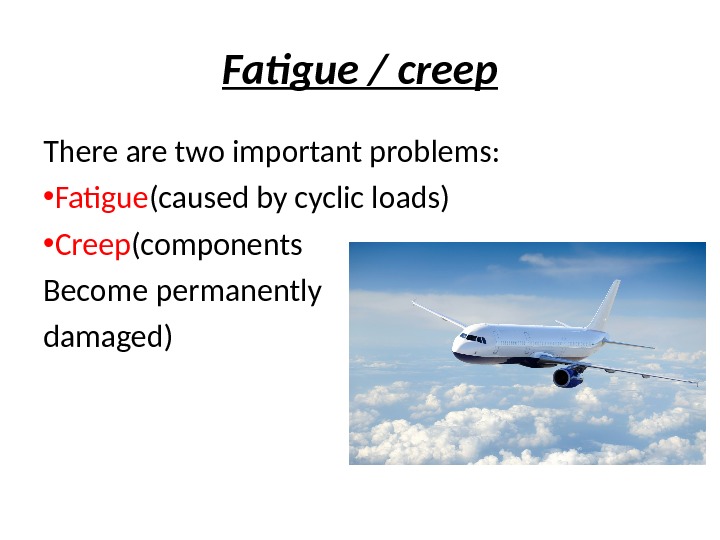
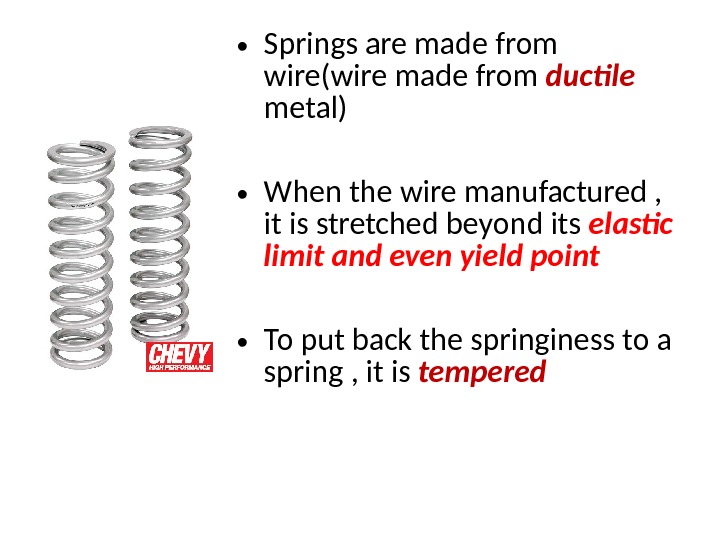
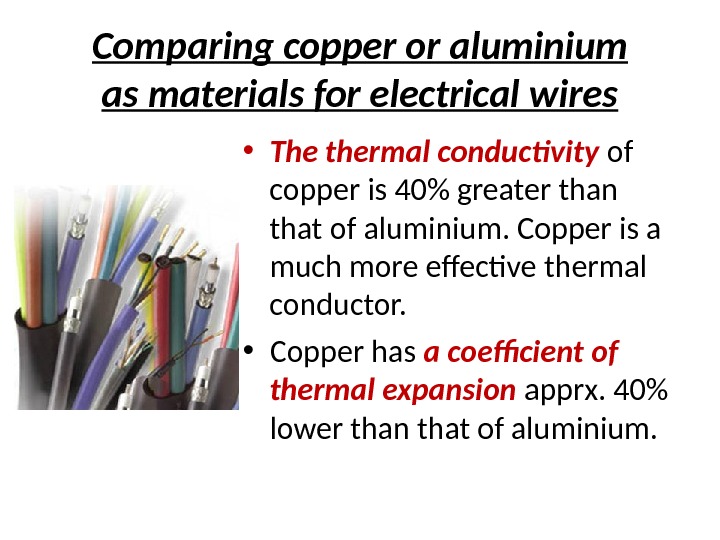

- Размер: 2.5 Mегабайта
- Количество слайдов: 14
Описание презентации Material properties We’ll focus on: — Elasticity по слайдам
 Material properties
Material properties
 We’ll focus on: — Elasticity and plasticity — Stages in elastic and plastic deformation(tensile testing) — Hardness — Fatigue , fracture toughness and creep(materials problems in aircraft construction) — Basic thermal properties(ex)
We’ll focus on: — Elasticity and plasticity — Stages in elastic and plastic deformation(tensile testing) — Hardness — Fatigue , fracture toughness and creep(materials problems in aircraft construction) — Basic thermal properties(ex)
 Types of force and deformation TENSION COMPRESSION BENDING SHEAR TORSION TENSILE STRENGTH *It will extend (lengthen) * Tension fracture COMPRESSIVE STRESS *It will compress (shorten) * Compression fracture ( crush, buckle) BENDING STRESS *It will bend ( deflect , flex ) *Beams usually sag or hog. SHEAR STRESS It will deform very little , failing suddenly. TORSIONAL STRESS *It will twist * Torsional rigidity * Shear , torsion rupture When vertical members can no longer resist a load they either crush or buckle (bending out of shape)
Types of force and deformation TENSION COMPRESSION BENDING SHEAR TORSION TENSILE STRENGTH *It will extend (lengthen) * Tension fracture COMPRESSIVE STRESS *It will compress (shorten) * Compression fracture ( crush, buckle) BENDING STRESS *It will bend ( deflect , flex ) *Beams usually sag or hog. SHEAR STRESS It will deform very little , failing suddenly. TORSIONAL STRESS *It will twist * Torsional rigidity * Shear , torsion rupture When vertical members can no longer resist a load they either crush or buckle (bending out of shape)
 How are the springs(in car suspension)made springy? Spring act like a cushion , providing comfort and performance, allowing the wheel to maintain contact with road surface when travel over a bump. Spring must be elastic.
How are the springs(in car suspension)made springy? Spring act like a cushion , providing comfort and performance, allowing the wheel to maintain contact with road surface when travel over a bump. Spring must be elastic.
 Elasticity and plasticity Elasticity- ability to extend significantly, but still return to their original shape(rubber) Low elasticity , strong => stif Low elasticity , weak => brittle (glass) Plasticity- ability to change shape significantly, but DO NOT return to their original shape Can be plastically deformed by hammering or rolling=> malleable(lead , Pb) Can be stretched into a long length=> ductile(Cu)
Elasticity and plasticity Elasticity- ability to extend significantly, but still return to their original shape(rubber) Low elasticity , strong => stif Low elasticity , weak => brittle (glass) Plasticity- ability to change shape significantly, but DO NOT return to their original shape Can be plastically deformed by hammering or rolling=> malleable(lead , Pb) Can be stretched into a long length=> ductile(Cu)
 Stages in elastic and plastic deformation Point 0 -1: The extention of the bar is proportional to the increase in tension. Point 1: The limit of proportionality Point 2: The elastic limit
Stages in elastic and plastic deformation Point 0 -1: The extention of the bar is proportional to the increase in tension. Point 1: The limit of proportionality Point 2: The elastic limit
 Stages in elastic and plastic deformation Point 3: The Yield point Point 4: UTS-the Ultimate Tensile Strength Point 5: The fracture point
Stages in elastic and plastic deformation Point 3: The Yield point Point 4: UTS-the Ultimate Tensile Strength Point 5: The fracture point
 Heat treating metal • The properties of a metal can be changed by heat treating it – that is , heating and cooling the metal.
Heat treating metal • The properties of a metal can be changed by heat treating it – that is , heating and cooling the metal.
 The main types of heat treatment • Quenching (quenched metal is harder , but tends to be more brittle) • Annealing (annealed metal is generally softer and more elastic) • Tempering (tempered metal possesses a balance between hardness and elastisity) • Age hardening, surface hardening
The main types of heat treatment • Quenching (quenched metal is harder , but tends to be more brittle) • Annealing (annealed metal is generally softer and more elastic) • Tempering (tempered metal possesses a balance between hardness and elastisity) • Age hardening, surface hardening
 Hardness • Afects a material’s durability • Can be defined in two ways: -Scratch hardness -Indentation hardness
Hardness • Afects a material’s durability • Can be defined in two ways: -Scratch hardness -Indentation hardness
 Fatigue / creep There are two important problems: • Fatigue (caused by cyclic loads) • Creep (components Become permanently damaged)
Fatigue / creep There are two important problems: • Fatigue (caused by cyclic loads) • Creep (components Become permanently damaged)
 • Springs are made from wire(wire made from ductile metal) • When the wire manufactured , it is stretched beyond its elastic limit and even yield point • To put back the springiness to a spring , it is tempered
• Springs are made from wire(wire made from ductile metal) • When the wire manufactured , it is stretched beyond its elastic limit and even yield point • To put back the springiness to a spring , it is tempered
 Comparing copper or aluminium as materials for electrical wires • The thermal conductivity of copper is 40% greater than that of aluminium. Copper is a much more efective thermal conductor. • Copper has a coefficient of thermal expansion apprx. 40% lower than that of aluminium.
Comparing copper or aluminium as materials for electrical wires • The thermal conductivity of copper is 40% greater than that of aluminium. Copper is a much more efective thermal conductor. • Copper has a coefficient of thermal expansion apprx. 40% lower than that of aluminium.
 TO BE CONTINU
TO BE CONTINU
